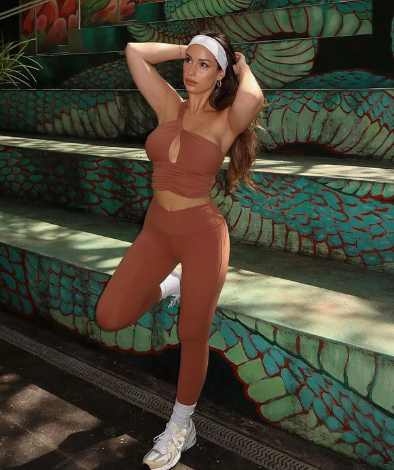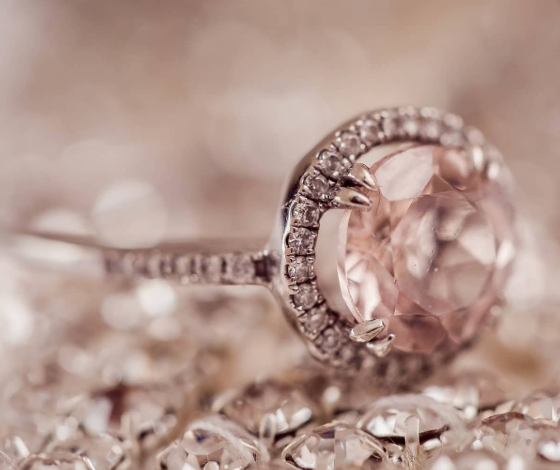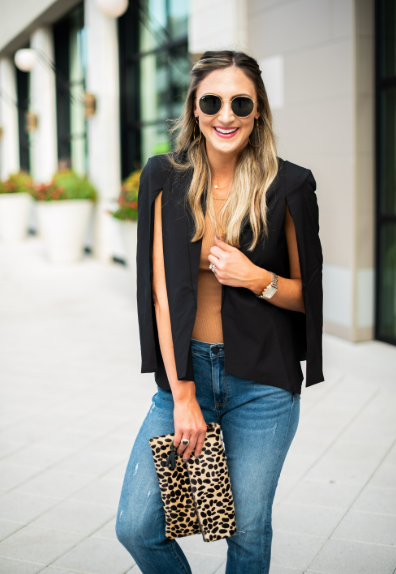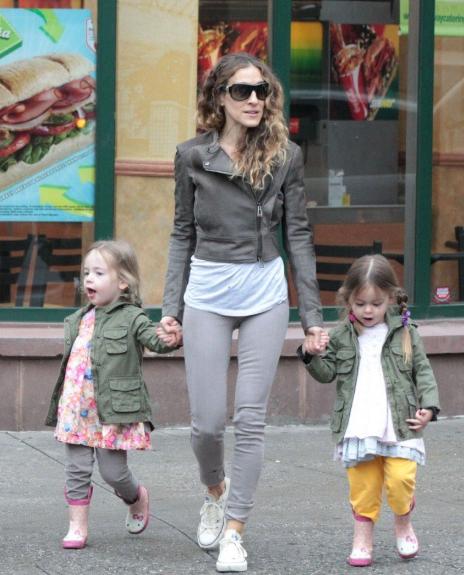How to Find the Best Workout Clothes for Your Body Type

Finding the right workout gear isn’t just about looking good—it plays a key role in how you feel and perform during exercise. The right fit boosts confidence, supports movement, and makes workouts more enjoyable. But with so many choices out there, picking clothing that fits your body shape can feel overwhelming.
Here’s a breakdown of how to match workout outfits to your body type and activity level, so you can build a gym wardrobe that works with you—not against you.
Know Your Body Shape First
Understanding your body shape is the first step in choosing clothing that enhances your natural form and provides the right support during exercise. Here’s how to tailor your gym look to your unique frame:
1. Pear-Shaped
Traits: Narrower shoulders, wider hips and thighs
Style Tips: Draw attention upward with bright or patterned tops. Keep bottoms simple—dark leggings or shorts help balance proportions. High-waisted leggings can elongate the legs and define the waist.
2. Apple-Shaped
Traits: Broader shoulders, fuller bust, slimmer hips
Style Tips: V-neck or racerback tops can elongate the torso. Soft, stretchy materials that support the core are ideal. High-rise bottoms help provide structure and comfort, without clinging around the midsection.
3. Hourglass
Traits: Balanced shoulders and hips, defined waist
Style Tips: This shape benefits from fitted pieces that hug curves while offering support. Choose leggings and tops that highlight the waist and provide strong bust support.
4. Athletic Build
Traits: Muscular frame, broad shoulders, straight waist
Style Tips: To soften angles and add visual curves, choose leggings with side panels and tops with shape-enhancing details. Avoid overly baggy clothes, which can hide your form.
5. Rectangle
Traits: Even shoulders, waist, and hips with minimal definition
Style Tips: Opt for tops with patterns, ruching, or color-blocking to add dimension. Fitted leggings help bring structure to the lower half. Layering is also effective for adding shape.
Gym Wear Tips for Men
Tops: Moisture-wicking tees or tanks are great for keeping cool. Compression shirts offer extra support. Choose breathable fabrics that allow movement.
Bottoms: Lightweight shorts or joggers with stretch are ideal for mobility. Look for performance materials that can withstand frequent use.
Shoes: Choose footwear based on your routine—cross-training shoes are a versatile choice for most gym sessions.
Accessories: Keep it simple. A gym bag, smartwatch, and a sweatband or cap can be practical and stylish.
Gym Wear Tips for Women
Tops: Fitted tanks, breathable tees, and supportive sports bras are must-haves. Prioritize function for high-impact workouts, especially around the bust.
Bottoms: High-rise leggings provide coverage and contouring. For cardio or warmer days, go for lightweight workout shorts.
Shoes: Your shoes should match your activity. Runners, trainers, or studio shoes each serve a specific purpose—choose what aligns with your workout.
Accessories: Keep it minimal. A headband, towel, and water bottle are enough. If you like to personalize, consider monogramming or customizing pieces for added flair.
Should You Choose Tight or Loose-Fitting Clothes?
This comes down to comfort, movement, and workout type:
- Tighter Fits: Compression gear offers muscle support, minimizes friction, and is ideal for running, weightlifting, and yoga.
- Looser Fits: More airflow and comfort for activities involving a lot of movement, such as aerobics or dance-based routines.
There’s no right or wrong—many people mix both styles depending on the workout or personal preference.
Getting Started with a Workout Routine
1. Set a Goal: Whether it’s strength, stamina, or simply forming a new habit, having a clear goal helps you stay motivated.
2. Start Small: Begin with manageable exercises like brisk walks, beginner strength workouts, or stretching. Consistency is more important than intensity in the beginning.
3. Focus on Form: Proper technique prevents injury and ensures effectiveness. Don’t hesitate to ask for help or consider a beginner-friendly class or trainer session.
4. Wear the Right Gear: The right outfit won’t just make you feel confident—it can improve your performance. Look for breathable, durable, and comfortable pieces to begin with.
5. Build Consistency: Even two or three workouts a week can make a difference. As your body adjusts, you can gradually increase intensity and frequency.
Whether you’re hitting the gym, heading outdoors, or starting slow at home, the key is to feel good in what you wear. Comfort and confidence go hand in hand—and the right outfit helps you show up and stay focused.





